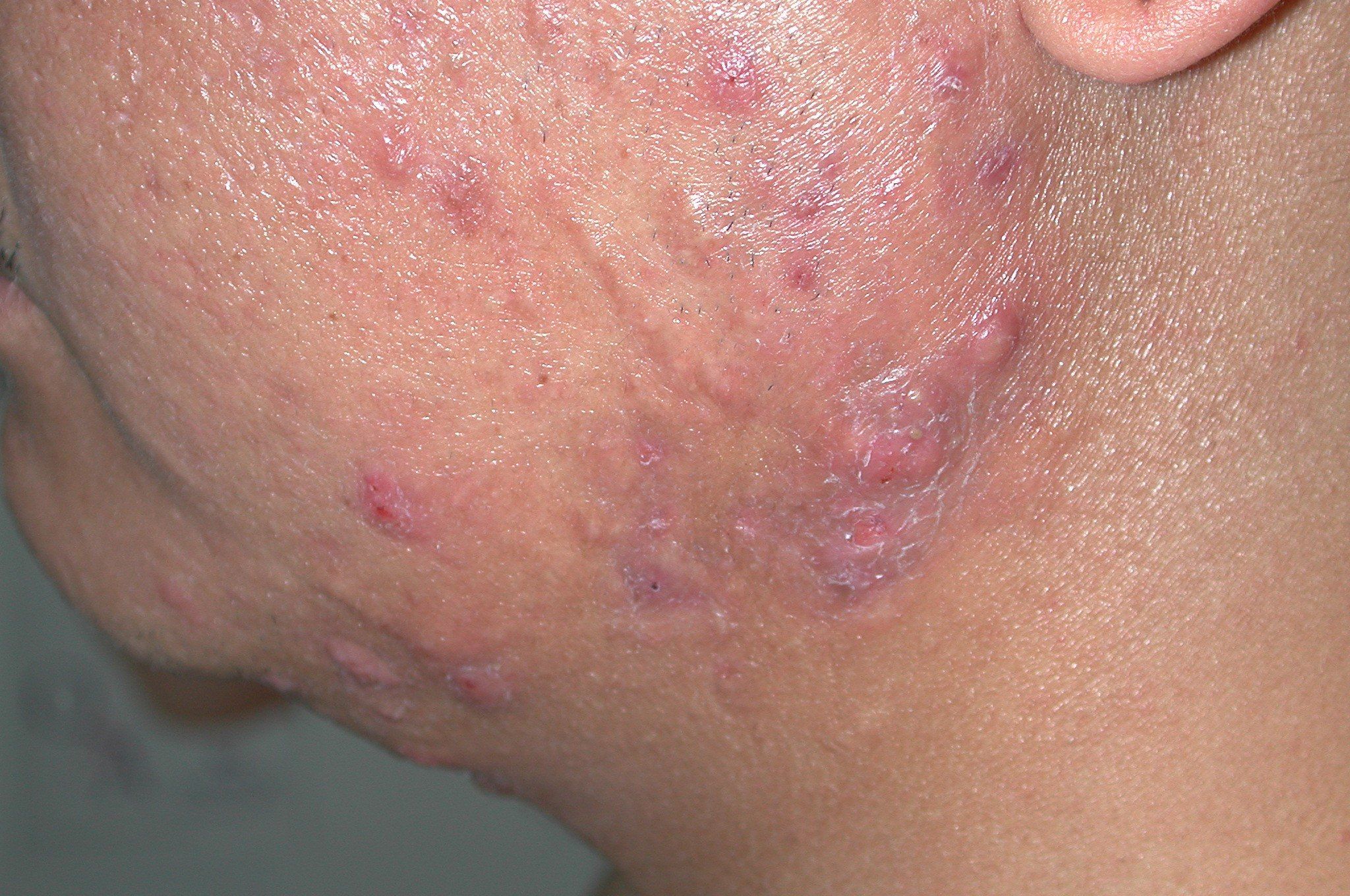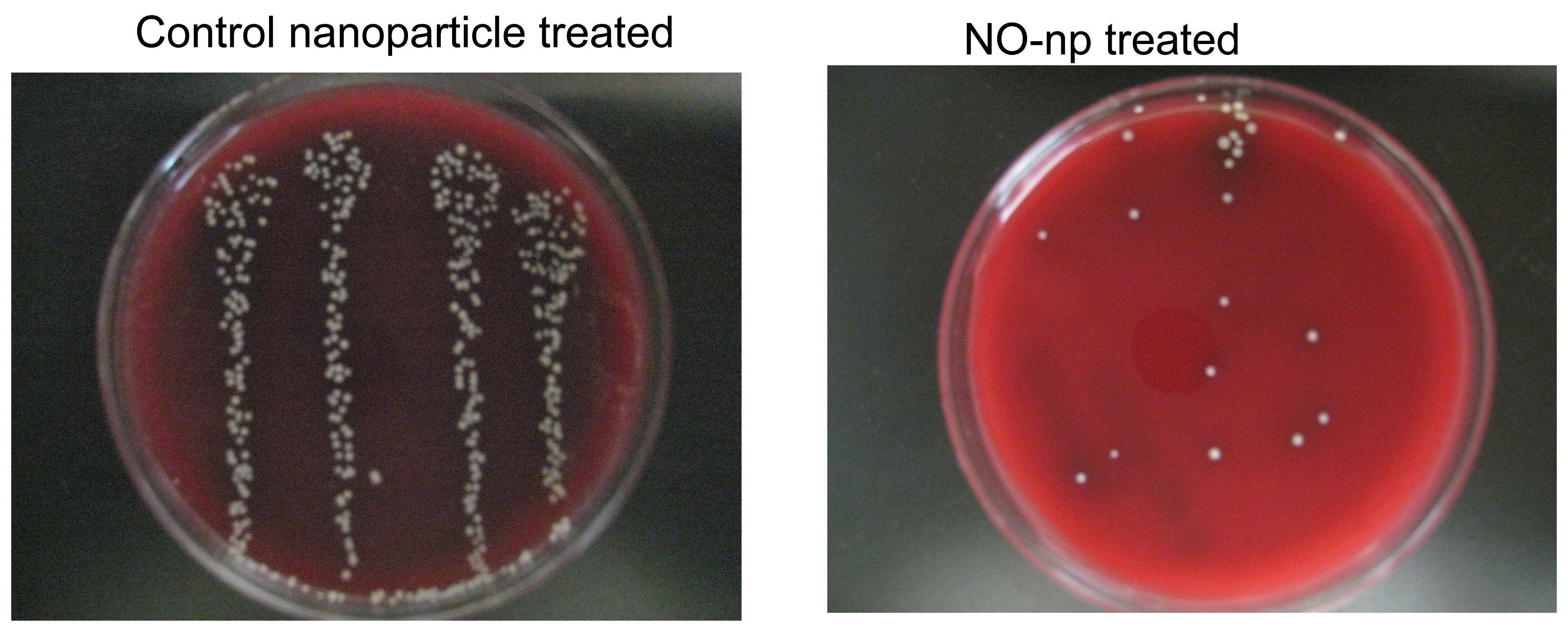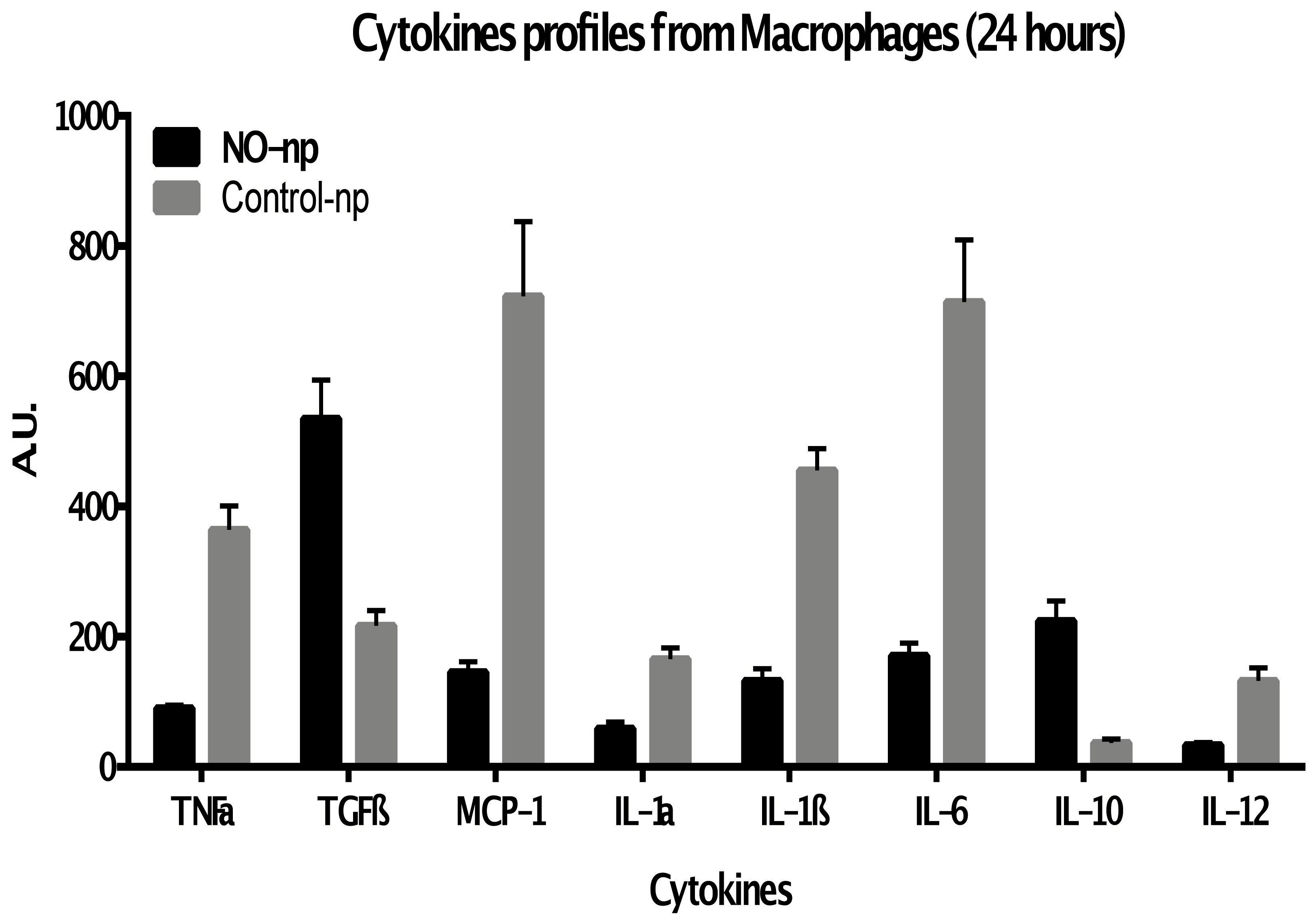- Acne
- Actinic Keratosis
- Aesthetics
- Alopecia
- Atopic Dermatitis
- Buy-and-Bill
- COVID-19
- Case-Based Roundtable
- Chronic Hand Eczema
- Chronic Spontaneous Urticaria
- Drug Watch
- Eczema
- General Dermatology
- Hidradenitis Suppurativa
- Melasma
- NP and PA
- Pediatric Dermatology
- Pigmentary Disorders
- Practice Management
- Precision Medicine and Biologics
- Prurigo Nodularis
- Psoriasis
- Psoriatic Arthritis
- Rare Disease
- Rosacea
- Skin Cancer
- Vitiligo
- Wound Care
Article
Inflammasomes role in acne solidifies
Author(s):
Experts discuss association between inflammasomes and acne that may lead to treatments stopping acne before clinical signs emerge.
Much like the stir created by recent research on toll-like receptors, inflammasomes and their potential impact on inflammatory diseases and conditions, such as acne, are making waves in the literature.
Inflammasomes, which are innate receptors found inside cells, seem to play roles in many inflammatory diseases. These immune system receptors and sensors regulate caspase-1 activation and induce inflammation in response to infectious microbes and molecules derived from host proteins, according to a review published July 2015 in Nature Medicine.1

Dr. Friedman“Similar to how toll-like receptors became standard vernacular in dermatology-not just in acne but also for treatment of warts and skin cancer-I think inflammasomes will become something we commonly talk about in the pathophysiology of many diseases, infectious and noninfectious (but all inflammatory),” says Adam Friedman, M.D., associate professor of dermatology and director of translational research in dermatology at George Washington School of Medicine and Health Sciences.
Also of interest: Acne a growing problem for pre-teens
Next: Early dermatologic indications
Early dermatologic indications

Nodulocytsic acne with scarring and post-inflammatory pigment alteration.
Photo: Adam Friedman, M.D.Inflammasome research in dermatology is well behind work being done in other areas of medicine, according to one of the pioneers of basic inflammasome research in dermatology Jenny Kim, M.D., Ph.D.
Dr. Kim, professor of dermatology at UCLA, is among the authors of a study published June 2014 in the Journal of Investigative Dermatology, which was among the first papers to demonstrate a possible association between a specific inflammasome and acne.2
It started about a decade ago, when Dr. Kim’s laboratory conducted research suggesting that Propionibacterium acnes (P. acnes) induces inflammation through a toll-like receptor, which is an innate receptor that’s on the cell surface.
“… we knew that wasn’t the whole story,” Dr. Kim says.
In the later JID study, Dr. Kim and colleagues found that P. acnes induces inflammation, particularly interleukin 1 (IL-1), by using an inflammasome pathway called NLRP3.
The study authors stimulated monocytes with live P. acnes, which resulted in upregulation of caspase-1 and caspase-5 gene expression. But IL-1β secretion required only caspase-1 activity. P. acnes induced inflammasome genes NLRP1 and NLPR3.
According to the study’s abstract: “…Silencing of NLRP3, but not NLRP1, expression by small interfering RNA attenuated P. acnes-induced IL-1β secretion. The mechanism of P. acnes-induced NLRP3 activation and subsequent IL-1β secretion was found to involve potassium efflux. Finally, in acne lesions, mature caspase-1 and NLRP3 were detected around the pilosebaceous follicles and colocalized with tissue macrophages. Taken together, our results indicate that P. acnes triggers a key inflammatory mediator, IL-1β, via NLRP3 and caspase-1 activation, suggesting a role for inflammasome-mediated inflammation in acne pathogenesis.”
Other researchers have found much the same. In a paper published February 2014 in JID, researchers wrote: “In vivo, the encounter of P. acnes and macrophages in the peri-follicular dermis could locally result in the release of substantial amounts of IL-1β and therefore exacerbate inflammation. Such findings suggest that molecules targeting IL-1β and/or the NLRP3 inflammasome may constitute new treatment possibilities for acne vulgaris.”3
Related: Greater understandings in pathogenesis of acne
Next: How might this play out?

In vitro efficacy of Nitric Oxide releasing nanoparticles (NO-np) against P. acnes. Susceptibility of P. acnes isolates to empty nanoparticles (np) and NO-np was investigated by colony form unit assay determination (*P value < 0.0001). Credit: Adam Friedman, M.D.
How might this play out?
The NLRP3 finding could lead to treatments that target the inflammasome and the associated inflammation before patients have clinical signs of acne, according to Dr. Friedman.
The goal of therapy would be to inhibit inflammation by inhibiting NLRP3, he says.
“Acne bothers people, but the scars bother them even more. It’s all part of the progression of ongoing inflammation. So, if you stop the inflammation early in this domino effect, I think you’ll get better outcomes. I wouldn’t be surprised if some of our medications already are doing it, but maybe not doing enough of it. Retinoids definitely inhibit toll-like receptors. Do they inhibit inflammasomes? I don’t know,” Dr. Friedman says.
Treatments might evolve around therapeutics targeting the stimulus and cascade, according to Dr. Friedman. He and Dr. Kim were among the authors of a paper on how nitric oxide could be one solution, published July 14, 2015 in the JID. Dr. Friedman developed the nanotechnology mentioned in the paper, which can generate and release nitric oxide over time.4
“Nitric oxide (NO), a potent biological messenger, has documented broad-spectrum antimicrobial and immunomodulatory properties. To harness these characteristics to target acne, we utilized an established nanotechnology…,” according to the study.
Next: Results

More the skin-deep anti-inflammatory action: Intravenous NO-np inhibit lipopolysacchride induced cytokine storm in mice. C57BL mice (8 weeks old, 2-22 g) were inoculated with 10mg of LPS. Mice received 10 mg/kg of NO-np iv, 4 hour after LPS inoculation. Animals were study at baseline, 24 and 48 hours. Macrophage were studied using flow cytometry and Mouse Oxidative Stress ELISA Strip (TNFalpha, TGFbeta, MCP-1, IL-1alpha, IL-1beta, IL-6, IL-10, IL-12).
Credit: Adam Friedman, M.D.
The data, according to Dr. Friedman, suggest that the NO nanotechnology can prevent P. acnes induced inflammation by clearing the organism and inhibiting microbial stimulation of the innate immune response.
The tricky part of treatment will be the thinking that a little inflammation is good, but too much is bad.
“I don’t think you want to turn off inflammasomes 100 percent,” Dr. Friedman says.
The dermatologists say there’s still a lot we don’t know about inflammasomes-even at the most basic levels. Researchers are just beginning to identify an association between inflammasomes and skin disease. How these findings might impact treatment of acne and other skin diseases is far off, according to Dr. Kim.
“Ours was one of the first studies to demonstrate that maybe there’s an association or maybe there’s a role that inflammasomes play in acne. But it does not mean that it does. My research is basic, so it needs to be studied in a clinical setting, as well,” Dr. Kim says.
We need to learn more not just about the inflammasome but also what activates it, according to Dr. Friedman. “P. acnes activates it, but is there anything else activating it?” he says.
And inflammasomes might impact much more than acne, according to Dr. Friedman. “Inflammation is a major element of rosacea. I wouldn’t be surprised at all if inflammasomes are involved,” he says. “To me this is an extremely hot area. The literature reflects that.”
You might also like: Going beyond clinical guidelines to address your patients' needs
Next: Disclosures and references
Disclosures: Dr. Kim reports no relevant disclosures. Dr. Friedman is co-inventor of the nanoparticles described, a technology that has been licensed to Nano Biomed, Inc.
References:
1. Guo H, Callaway JB, Ting JP. Inflammasomes: mechanism of action, role in disease, and therapeutics. Nat Med. 2015 Jul;21(7):677-87. Epub 2015 Jun 29. Review. http://www.ncbi.nlm.nih.gov/pubmed/26121197?dopt=Abstract
2. Qin M, Pirouz A, Kim MH, Krutzik SR, Garbán HJ, Kim J. Propionibacterium acnes Induces IL-1β secretion via the NLRP3 inflammasome in human monocytes. J Invest Dermatol. 2014 Feb;134(2):381-8. Epub 2013 Jul 24. Erratum in: J Invest Dermatol. 2014 Jun;134(6):1779.
3. Contassot E, French LE. New insights into acne pathogenesis: propionibacterium acnes activates the inflammasome. J Invest Dermatol. 2014 Feb;134(2):310-3. http://www.ncbi.nlm.nih.gov/pubmed/?term=Contassot+E%2C+French+LE.+New+insights+into+acne+pathogenesis%3A+propionibacterium
4. Qin M, Landriscina A, Rosen JM, Wei G, Kao S, Olcott W, Agak GW, Paz KB,Bonventre J, Clendaniel A, Harper S, Adler BL, Krausz AE, Friedman JM, Nosanchuk JD, Kim J, Friedman AJ. Nitric Oxide-Releasing Nanoparticles Prevent Propionibacterium acnes-Induced Inflammation by Both Clearing the Organism and Inhibiting Microbial Stimulation of the Innate Immune Response. J Invest Dermatol. 2015 Jul 14. http://www.ncbi.nlm.nih.gov/pubmed/26172313?report=docsum&format=text]
Newsletter
Like what you’re reading? Subscribe to Dermatology Times for weekly updates on therapies, innovations, and real-world practice tips.











